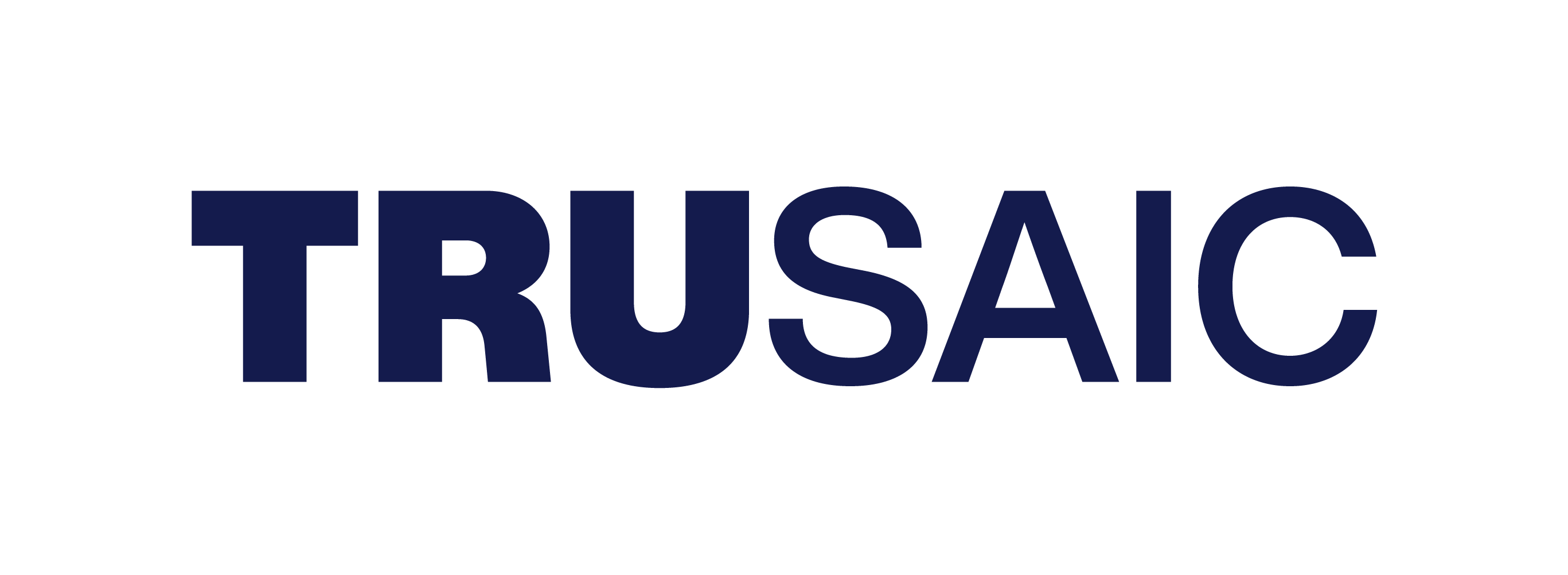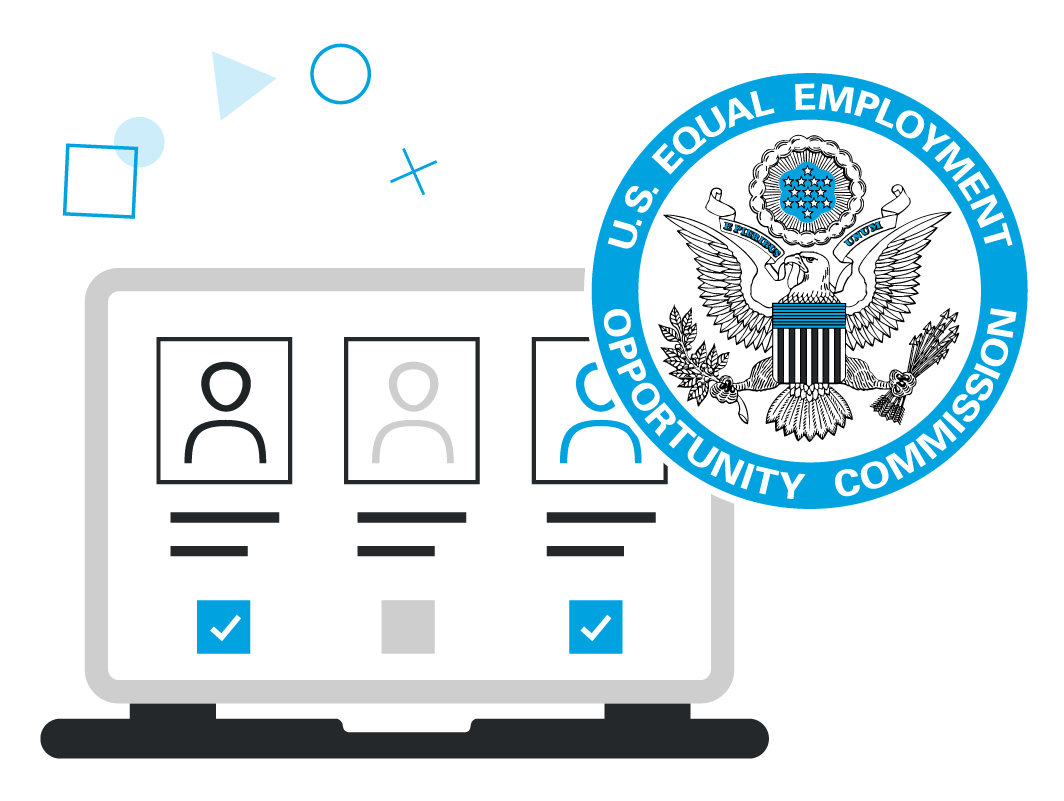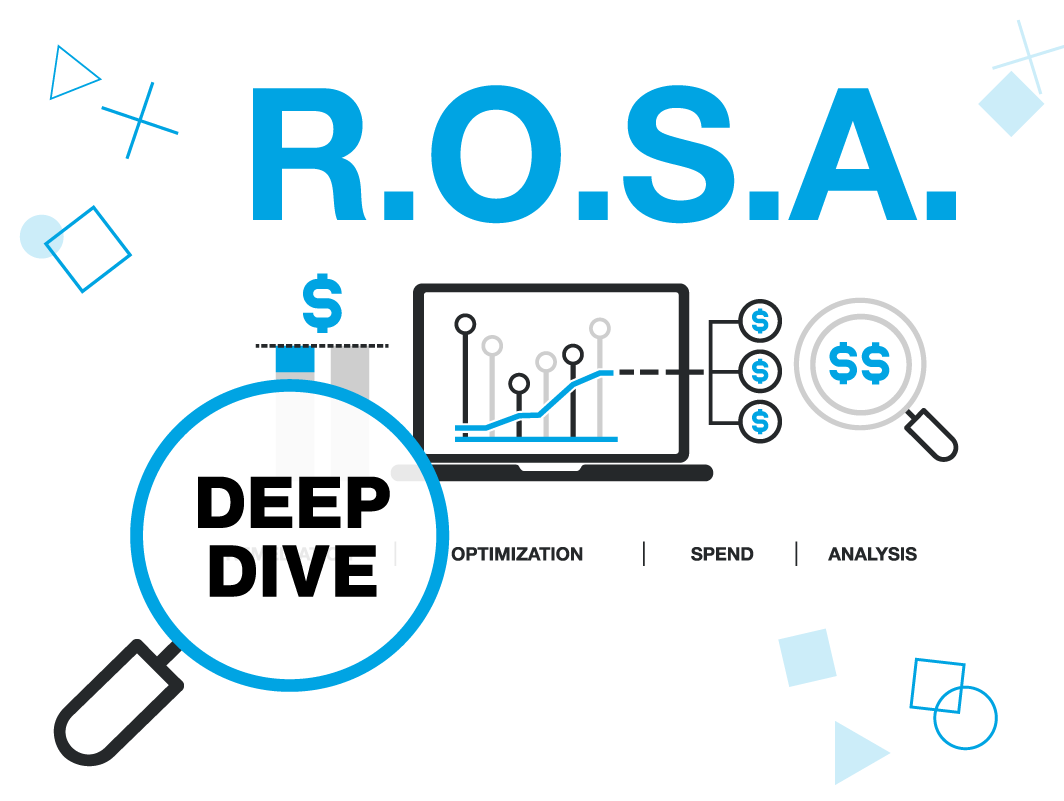DEI & the Academy Awards: New Film Industry Guidelines Address Diversity & Inclusion

3 minute read
The U.S. film and television industry comprises a workforce of over 2.6 million individuals and over 93,000 businesses; it has operations in all 50 states, falls under the jurisdiction of 19 different unions, with 1,300 schools devoted to issuing certificates and terminal degrees in the field, and pays out $177 billion in annual wages. The industry also exports over $17 billion in trade, along with a virtually unrivaled degree of visibility. Like many industries with a strong presence in California, given the recent passage of SB 973, the film industry is also poised to be a leader in pay data reporting.
For such a broad-reaching industry with a diversity of sectors, the industry has been notoriously regressive with regard to diversity, equity, and inclusion (DEI). Gaps in leadership roles behind the camera, and leading roles in front of it, have been slow to change. As with any industry, these shortcomings in equality and inclusivity work in tandem with problematic pay gaps: at the highest levels, male stars earn roughly one million dollars more a picture than their female counterparts, a disparity which, when adjusted for inflation, has not changed since 1980.
Public gains for women and people of color have been in the spotlight of recent headlines, with diversity initiatives from industry giants like Warner Brothers, and the high-grossing success stories of big budget movies like Black Panther and sleeper hits like Get Out. Nevertheless, a USC Wallis Annenberg Study showed that over a ten-year period:
- Over 70 percent of film characters are white;
- 89% percent of directors are male, and 84% percent are white;
- Just 43 out of 1,100 films between 2007 and 2017 were helmed by female directors; and
- Of the top 100 films, a majority featured few or no Black, Latina, Asian, or LBGTQ females.
Additionally, show runners and creators skewed white at a 3-to-1 ratio and male at a 2-to-1 ratio for scripted cable television, with comparable spreads showcased among digital show creators and other leading roles. This year, in a long-overdue response to this glaring disparity, the Academy of Motion Picture Arts and Sciences announced its Academy Aperture 2025 initiative, stating:
“To encourage equitable hiring practices and ensure more diverse representation on and off screen, the Academy, in collaboration with the Producers Guild of America, will create a task force of industry leaders to develop and implement new representation and inclusion standards for Oscars eligibility.”
While the announcement came with a recommitment to existing diversity initiatives, the quotas which newly qualify films for Best Picture consideration based on representation garnered the most coverage. These quotas represent a broad and sweeping sea-change for the better from an industry perspective; however, this newly minted set of criteria has the potential to disqualify works of creative merit based on numerical qualifiers. Therein lies the lesson for all industries: diversity, equity, inclusion, and access will undoubtedly be the ethical measure of the new conscious marketplace – and companies or industries reticent to lead change will be left scrambling to meet requirements set by thought leaders who took initiative. Here are five useful takeaways from the Academy’s attempt to course-correct, and what they portend for recalcitrant industries as issues of diversity, equity, inclusion, and access become increasingly mainstream:
Key Roles: The new rules call for at least two of the creative leadership and department heads to come from an underrepresented group, with the same requirement for at least 30% of behind-the-scenes employees. While lead actors showcase a public face for the industry, every film set constitutes a new and evolving company culture. Whether that specific culture – and the product it yields – features a diverse perspective has as much to do with leadership as with key positions. For any company with a project-based model, the lesson is to proactively develop best practices within these inclusion strictures for outside hiring and project management early, allowing your focus to be incentivizing the best talent for the task and optimizing their performance, as opposed to managing organizational blindspots after the fact.
As an organization, the Academy of Motion Picture Arts and Sciences lacks the same degree of regulatory guidance as unions such as SAG-AFTRA, but its high-profile Oscars ceremony in essence sets the tone for the film industry writ large. By determining the guidelines which constitute the “best” in Best Picture, and centering them on diversity and inclusion, the Academy has created a progressive, paradigmatic shift toward recognizing embedded problems within the industry. However, by failing to ally itself with high-profile creators dedicated to making the changes a reality, it begs the question of accountability, autonomy, and access, muddling the thrust of the initiative with regard to messaging.
Recognizing Thought Leaders: Despite a number of regressive statistics, there are production companies and casting directors who have long met and surpassed the Academy guidelines. These companies have made a concerted effort to make diversity, equity, and inclusion part of the bedrock of their mission — and, in no small part due to the acclaim and publicity they’ve been barred from due to the industry’s retrograde normalization of predominantly white-led films — have at times suffered for that commitment. Hollywood’s diversity problem is preceded, and arguably exacerbated, by a monopoly problem: major film studios control approximately 80-85% of box office revenue. Those same monoliths will have the resources to quickly enact the new standards while maintaining market share, risking sidelining thought leaders who have been working to increase representation all along. For companies across a broad array of industries the lesson is clear: find and promote thought leaders — early and often.
Pipelines and Mentorship: Onboarding efforts which tilt toward diverse voices prove superficial if the organization lacks the pipeline for those perspectives to thrive. Similarly, while meeting diversity quotas is a step in the right direction, leaning into those perspectives to create a company culture that treats inclusion as normative requires mentors willing to guide and advocate for minority perspectives within the organizational structure. Equity requires addressing imbalances in an organization’s inclusive structure at every tier: diverse voices must be featured in key leadership at the top, in entry-level positions, and in the mid-range — those essential roles that craft the day-to-day intricacies of inclusive company culture.
Accountability: The Academy of Motion Picture Arts and Sciences may set a tone for the industry, but the reality is that the new rules apply to films slated to be considered for Best Picture. That particular category is restricted by a slew of guidelines, set by the Academy and including stipulations about release dates, times, means, and formats. Few films qualify, and even fewer (by the new guidelines, a total of ten) are nominated. Hollywood produces, on average, 600 films per year for wide release, which excludes a sector of independent films, TV movies, and television shows: each employing hundreds within a highly competitive, necessarily niche, corporate structure. While new criteria might influence the national conversation towards progressive steps in DEI&A, there is no functioning authority which will hold the industry to wholesale accountability. Internally initiated, third-party audits are still the very best way to be sure that a company’s commitment to diversity and inclusion is being met each quarter.
Addressing Pay Equity: Individual compensation is determined by a bevy of factors, but within that unique matrix, one particular factor often supersedes others: experience. Issuing a blanket determination regarding the assemblage of a team may draw in talent with less experience — due in part to a lack of access — which might skew inclusion data in the right direction without improving pay equity. Equal pay issues can also exacerbate other workplace inequities, with economic disparities infamously complicating the litigation of sexual harassment brought to light by the Me Too movement. The largest oversight in the Academy’s sweeping directive can be found in regard to pay equity, but as is ever the case with such a triage effort, immediate and shallow corrections take precedence over long-reaching, sophisticated ones.
From technology to the service sector, the future of innovation will be measured in the deployment of ambitious initiatives designed to organically boost diversity while elevating and evolving the conversation surrounding it. Thought leaders will be measured by their teams’ diversity of life experience and perspective, and their products evaluated by the complex framework of a public opinion informed by an elevated national conversation, focused on a more equitable labor marketplace. While governing bodies and shifting guidelines will always be good for progress in terms of addressing DE&I, internally initiated directives to address gender, pay, and racial inequities — with outside audits supported by real analytics — will distinguish true visionaries from the merely compliant.



